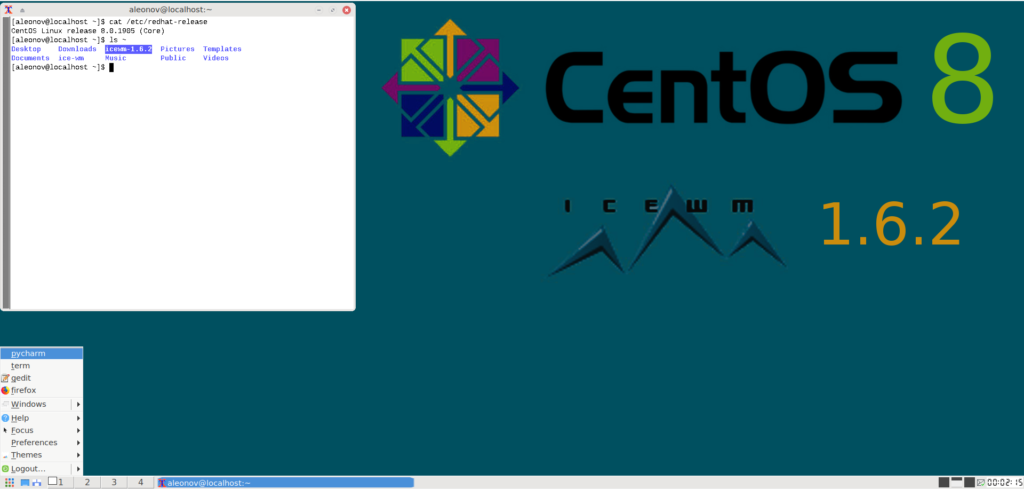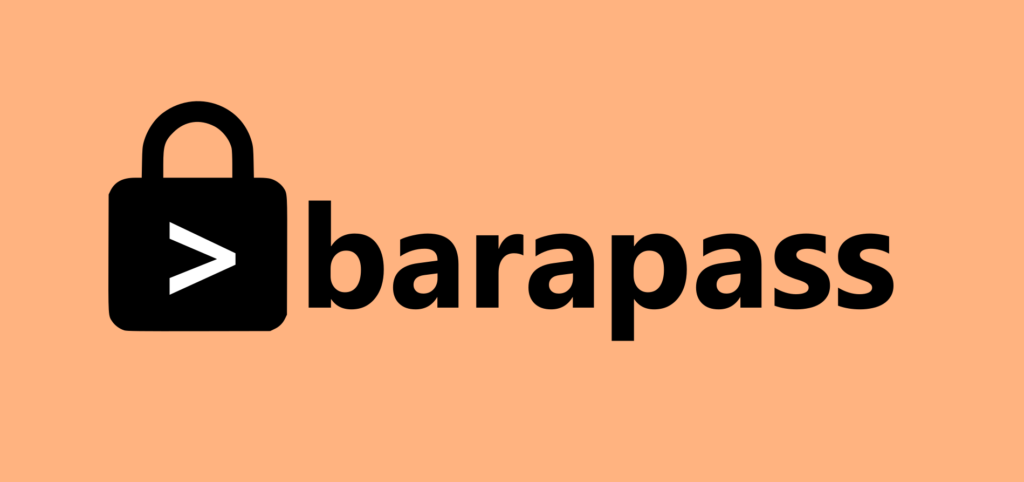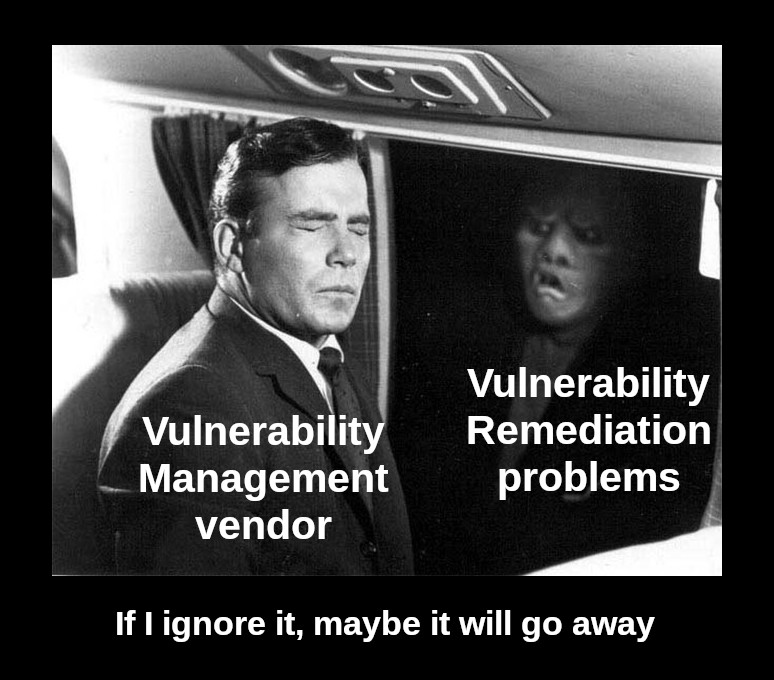Hello everyone! After 4 episodes of the Last Week’s Security news, I decided to change the format. I will no longer try to cover all the important news, because it takes a long time to prepare such reviews. So, from now on, I will focus only on a few news of the past week, which I subjectively consider the most interesting.
So, the last week, July 19 – July 25. In my opinion, the most interesting news was the scandal related to the iPhone Pegasus spyware and two Elevations of Privileges: SeriousSAM for Windows and Sequoia for Linux.
Continue reading




